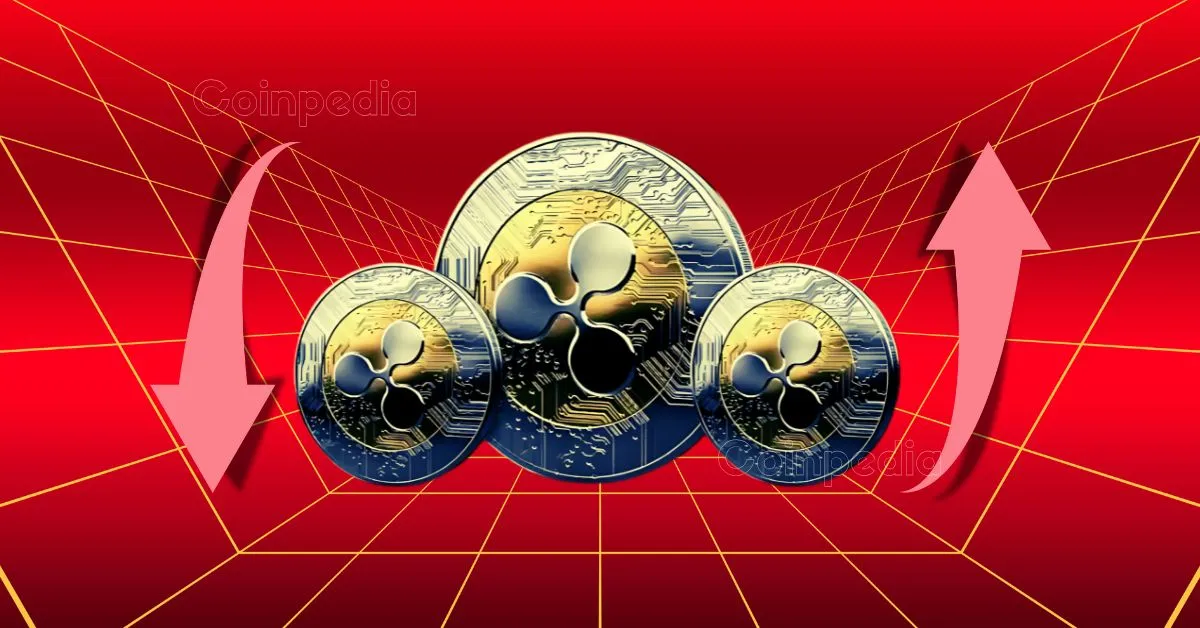
In recent times, XRP, a prominent cryptocurrency renowned for its aim to revolutionize interbank payments, has encountered a tempestuous journey marked by pronounced price volatility and fluctuating investor confidence. Originally designed to expedite cross-border transactions with minimal costs, XRP’s evolving narrative reflects the complex interplay between technical market factors, regulatory challenges, and broader macroeconomic influences. Understanding these dimensions is crucial for grasping the reasoning behind its recent performance and what might lie ahead for this digital asset.
At its core, XRP serves as a payment protocol that strives to eliminate the inefficiencies traditionally associated with intermediary banks and foreign exchange fees during international money transfers. Leveraging a consensus registry mechanism, the XRP network validates transactions with remarkable speed, positioning itself as an attractive solution for payment providers seeking scalability and cost-effectiveness. This foundational utility is a compelling proposition; however, market realities have introduced considerable turbulence to XRP’s price trajectory.
A significant catalyst for XRP’s recent price slump stems from waning investor confidence, especially following Ripple’s announcement to cease publishing its quarterly XRP market reports. These reports had functioned as transparency tools, fostering trust by shedding light on market dynamics and XRP distribution. Their elimination has fostered uncertainty among investors, feeding downward pressure on the token’s value. Such opacity can be particularly damaging in cryptocurrency markets, where confidence often underpins speculative enthusiasm.
Technical indicators further paint a cautious picture. XRP’s open interest — representing outstanding derivative contracts — has shown a notable decline, suggesting reduced market participation. Price charts reveal bearish trends, with analysts anticipating potential drops to approximately $1.96 or even as low as $1.55. This outlook is supported by XRP’s containment within a descending channel, weak buying support, and resistance near the $2.33 mark. Diminished on-chain activity compounds this negative outlook, suggesting fewer network transactions and diminished user engagement, which collectively signal fragile momentum and possible further depreciation.
Beyond company-specific and technical factors, XRP’s performance is also shadowed by macro-level forces. The ongoing legal confrontation between Ripple and the U.S. Securities and Exchange Commission (SEC) casts a long regulatory cloud over XRP’s future. This unresolved dispute generates considerable regulatory uncertainty, often dampening investor enthusiasm and inflating market risk premiums. Simultaneously, global macroeconomic frictions, including tariffs and geopolitical tensions—particularly those stemming from early 2025 U.S. policy moves—have indirectly affected the broader cryptocurrency landscape. These conditions prompted some traders to observe XRP’s recent lows, illustrating the susceptibility of crypto assets to global economic undercurrents and geopolitical drama.
The mechanics of supply and demand further complicate the picture. Notably, “whale” activity—large-scale selling by significant holders—has been highlighted as a factor accelerating rapid price declines. Reduced network participation, paired with these considerable offloads, skews supply-demand dynamics unfavorably for XRP’s price support. Such sell-offs often induce short-lived market panic or capitulation, which, paradoxically, can create buying opportunities when sophisticated investors accumulate tokens at depressed valuations.
Yet, not all perspectives on XRP’s downturn are bleak. Some analysts regard recent price dips as strategic entry points for investors with a long-term horizon. Historical patterns indicate that major downward moves frequently attract institutional buyers or savvy traders anticipating rebounds driven by technology adoption or resolution of regulatory uncertainties. The enduring strength of XRP lies in its core value proposition: a fast, scalable digital payment solution attractive to financial institutions worldwide. Should regulatory clarity emerge and network activity rebound, mid-to-long-term price momentum could rekindle, offering renewed optimism.
In essence, XRP’s journey embodies the challenges and complexities inherent in pioneering new financial technologies amidst volatile markets. Immediate headwinds, including the withdrawal of transparency aids, bearish technical signals, and subdued network metrics, make for a sobering short-term outlook. Nevertheless, the fundamental appeal of XRP’s technology and the potential for regulatory and market stabilization provide compelling reasons for cautious optimism. Investors considering XRP must navigate a dynamic environment influenced by technical, legal, and macroeconomic factors—a landscape where both risks and opportunities coexist in equal measure.
—
Dude, want to decode XRP’s crypto chaos? Stay sharp with the latest insights here!
